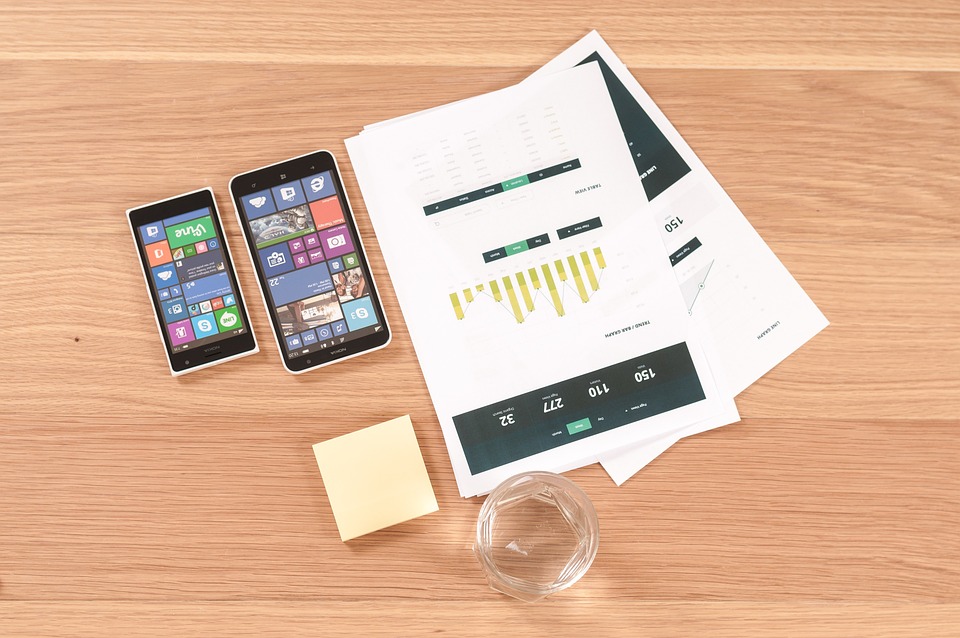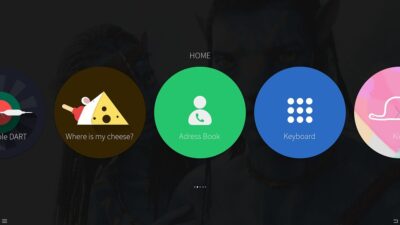In the fast-paced digital landscape, where technological advancements continually redefine user interactions, the importance of emotional connection in user experience (UX) design remains paramount. Designing for delight transcends functionality and aesthetics; it fosters emotional engagement that can transform mundane tasks into memorable experiences. In this article, we will explore the profound impact of emotions on UX design and how to create delightful experiences for users.
The Emotional Landscape of UX
Understanding Emotions
Human emotions are complex and varied, deeply rooted in our experiences and psychological states. Emotions influence how we perceive and interact with our world. In UX design, emotions play a critical role in user satisfaction, loyalty, and overall experience. A positive emotional response can enhance user satisfaction, making them more likely to return, recommend, and even advocate for a product.
The Emotional Curve
Designers often refer to the emotional curve, which maps the emotional highs and lows a user experiences throughout their interaction with a product. The goal is to minimize frustration and maximize joy by anticipating users’ reactions at each touchpoint. This emotional mapping helps designers understand where delight can be introduced or amplified.
The Science Behind Emotion and UX
Neurological Insights
Studies in psychology and neuroscience reveal that emotions significantly influence decision-making processes. The amygdala, a key part of the brain responsible for emotional regulation, can impact how users respond to design elements. A thoughtfully designed interactive experience can trigger positive emotions, making users more receptive to the functionality of the product.
Cognitive Load Theory
Cognitive load theory suggests that overwhelming users with too much information or complexity can lead to frustration. Conversely, a streamlined, intuitive design can evoke feelings of accomplishment and delight. By simplifying tasks and minimizing cognitive load, designers can create smoother and more enjoyable user journeys.
Strategies for Designing Delightful Experiences
1. Empathy Mapping
Understanding users’ emotions begins with empathy mapping. This technique involves detailed personas and user journey mapping. By identifying not just what users do, but how they feel throughout their journey, designers can pinpoint opportunities to infuse delight into the experience.
2. Delightful Micro-interactions
Micro-interactions—small, subtle moments of interaction—are critical in creating delightful user experiences. Whether it’s a satisfying animation when completing a task, a playful error message, or a gentle nudge to guide users, these small details can create significant emotional responses.
3. Visual and Sensory Elements
The aesthetics of a product play a crucial role in evoking emotional responses. Colors, typography, and imagery can all convey warmth, excitement, or calmness. Thoughtful consideration of these design elements can evoke the desired emotional reactions, enhancing overall user satisfaction.
4. Storytelling
Incorporating narratives into UX helps users connect with a product on a deeper emotional level. Storytelling can transform mundane tasks into engaging journeys by weaving a relatable context that resonates with the target audience. This stronger connection can lead to delight and a memorable user experience.
5. Feedback Mechanisms
Creating an emotional connection often hinges on responsiveness. Feedback mechanisms, such as timely notifications or clear progress indicators, help users feel acknowledged and understood. Effective feedback reduces frustration and enhances feelings of control, contributing to an overall delightful experience.
Measuring Delight in UX
Quantifying delight can be challenging, but designers can utilize various methods to gauge emotional responses. Techniques such as user feedback surveys, A/B testing, eye tracking, and even biometrics can provide insights into how users feel while interacting with a product. Metrics such as Net Promoter Score (NPS) and Customer Satisfaction Score (CSAT) can also offer valuable data on user delight.
Conclusion
In the realm of UX design, it’s clear that functionality alone is not enough. By prioritizing emotional engagement and designing for delight, creators can develop memorable experiences that resonate with users on a personal level. The result is not only increased satisfaction but also enduring loyalty and advocacy. Ultimately, when designers embrace the emotional aspects of user experience, they unlock the potential to create truly delightful interactions that captivate and inspire users.
As technology continues to evolve, the emotional connection between users and products will only grow in importance. By effectively integrating emotional insights into the design process, UX professionals can ensure that users aren’t just satisfied—they’re delighted.



